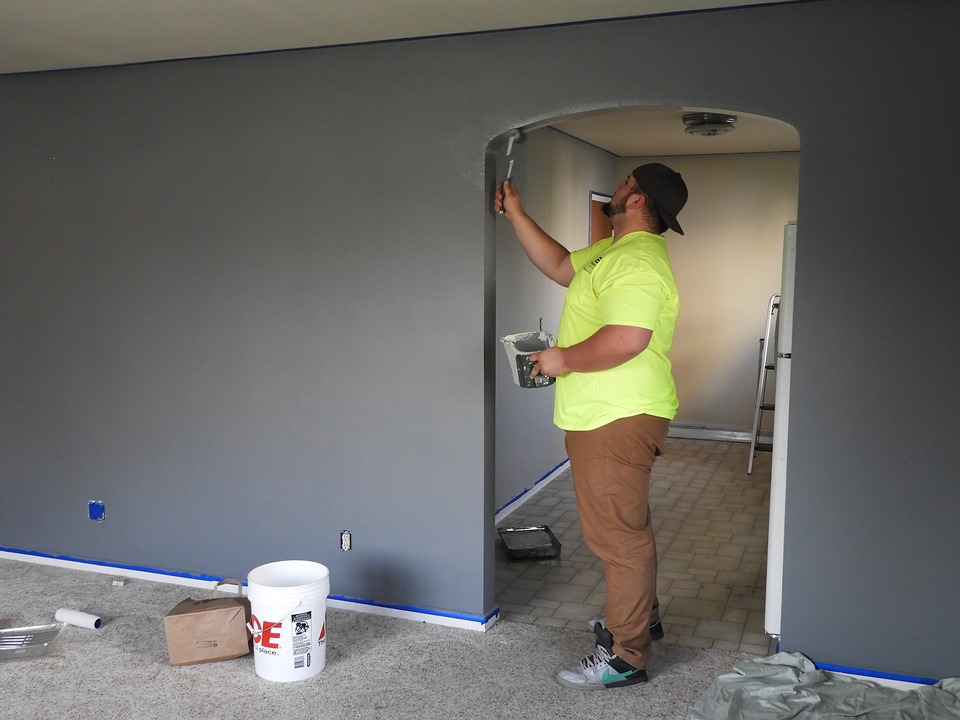Ever walk into your home and think, “Why does it feel off in here?” Maybe the air’s too dry, the heat’s uneven, or the whole place just doesn’t feel comfortable. If you’ve experienced that, you’re not alone—and you’re definitely not imagining things.
In Johns Creek, GA, the weather can swing between hot, humid summers and cool, damp winters. That means your heating and cooling systems work overtime—and even small issues can quickly affect your indoor comfort. From weak airflow to changing humidity levels, homeowners in Johns Creek often face challenges that require seasonal solutions.
Ready to feel more in control of your indoor environment? Let’s start with the basics.
Understand Your Climate and Seasonal Challenges
Every region has its own set of indoor comfort challenges. In the warmer months, you may experience high humidity that makes rooms feel sticky. In cooler seasons, the air can feel dry or uneven. These changes don’t just affect how your home feels—they also put extra strain on your heating and cooling system. Understanding how the seasons affect indoor conditions is the first step toward creating a comfortable and energy-efficient setup. When you know what to expect, you can plan ahead instead of reacting after things go wrong.
Work with a Trusted HVAC Contractor
Even the best systems need help sometimes. If your home doesn’t stay warm or cool the way it used to, or you’ve noticed strange noises, uneven temperatures, or rising bills, it may be time for a professional check. That’s where a qualified HVAC contractor in Johns Creek, GA comes in. They offer tune-ups, repairs, and replacements tailored to the area’s seasonal demands. Their technicians are trained to diagnose issues fast and offer reliable fixes that keep your comfort on track year-round.
Get Your System Checked Before the Season Starts
Waiting until your AC fails in July or your heater stops working in January is a recipe for frustration. A quick system check before each major season can save you time and money. Technicians can catch small problems—such as worn parts or dirty filters—before they become bigger headaches. It’s an easy way to help your system run more efficiently, last longer, and maintain a steady temperature in your home. Just two service calls a year can make a big difference in how things feel indoors.
Use a Smart Thermostat for Better Control
A smart thermostat does more than adjust the temperature—it actually learns your habits. Over time, it can automatically adjust your settings based on when you’re home, asleep, or away. This keeps things consistent without wasting energy. Many smart thermostats even let you control the system from your phone. If you’re tired of manually adjusting the thermostat or wasting money on heating and cooling when no one’s home, a smart upgrade is a simple yet noticeable benefit.
Change Your Filters Regularly
Air filters help keep your system running smoothly and maintain clean indoor air. However, when they become clogged, they restrict airflow and reduce efficiency. This leads to uneven temperatures, more dust, and extra strain on your equipment. Most filters should be changed every 1–3 months, depending on your system and usage. It’s one of the easiest maintenance steps you can take, and it keeps things working properly without costing a lot of time or money.
Seal Gaps and Insulate Properly
If your comfort system is functioning properly but rooms still feel drafty or uneven, the problem may be air leaks or inadequate insulation. Gaps around doors, windows, or in the attic can allow outside air to enter and inside air to escape, causing your system to work harder than necessary. Sealing cracks and adding insulation helps keep temperatures steady and reduces energy use. It also makes your heating and cooling more effective without requiring an upgrade to your entire system. It’s a small step that often leads to a noticeable improvement in how your home feels.
Balance Humidity Year-Round
Temperature is only part of the comfort puzzle—humidity plays a significant role as well. In the summer, excessive moisture in the air can make things feel sticky and uncomfortable. In winter, dry air can lead to sore throats, static, or even damage to furniture. A whole-house humidifier or dehumidifier can help maintain balanced moisture levels throughout the year. When the humidity is right, your indoor environment feels more comfortable, your system operates more efficiently, and your air quality improves as well.
Don’t Ignore Unusual Noises or Smells
If your heating or cooling system is making strange sounds or giving off odd smells, don’t wait it out—those signs usually mean something’s wrong. A banging noise could mean a loose part, while a burning smell might signal an electrical issue. Even small changes can point to bigger problems if left unchecked. Catching these signs early can help you avoid more expensive repairs later and ensure your system continues to keep things running smoothly. If something doesn’t seem right, it’s worth getting checked.
Keep Vents and Registers Clear
It’s easy to forget about your air vents, especially when rearranging furniture or doing seasonal cleaning. But if rugs, furniture, or curtains block vents, it can prevent airflow from reaching parts of your home evenly. This leads to hot and cold spots and puts more stress on your system. Walk through each room and check that supply and return vents are open and unobstructed. Keeping air moving freely helps maintain consistent temperatures and prevents your system from working harder than necessary.
Schedule a System Upgrade If Needed
If your unit is more than 10–15 years old and you’re constantly dealing with comfort issues, it may be time for an upgrade. Older systems are less efficient and more prone to breakdowns, especially under seasonal stress. Newer models offer improved energy efficiency, quieter operation, and enhanced control. If you’re unsure whether it’s time to replace your unit, talk to a technician. They can help you weigh repair costs versus the benefits of a new system designed to meet today’s efficiency standards.
Maintaining a comfortable indoor environment throughout the year doesn’t have to be complicated. A few smart habits—such as seasonal maintenance, using a smart thermostat, and sealing leaks—can make a significant difference. And when issues go beyond a quick fix, working with a trusted professional ensures your system gets the expert attention it needs. With the right steps, you can enjoy steady, reliable comfort—no matter what the weather brings.



